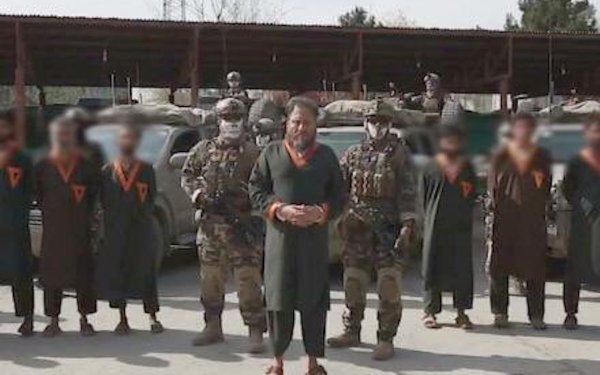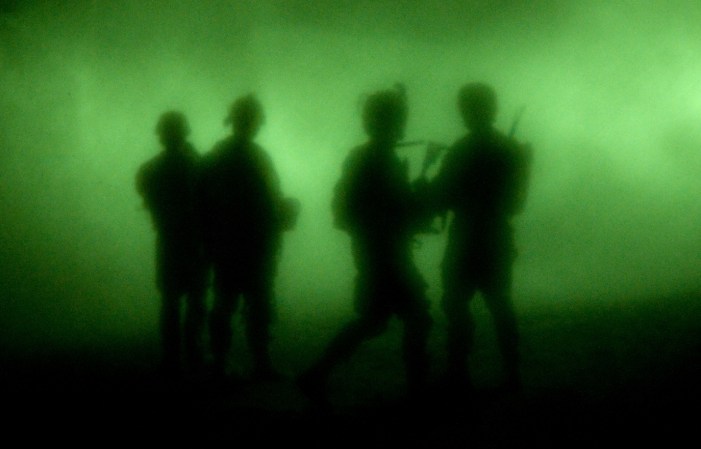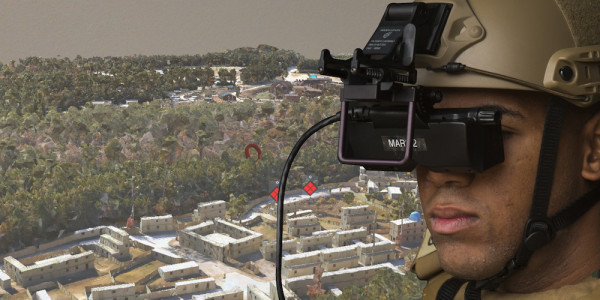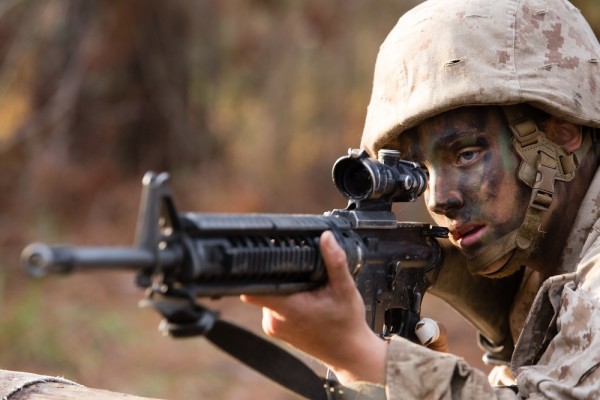Retired Marine general and former defense secretary Jim Mattis is well known for his extensive reading lists, encompassing everything from “The Guns of August” to Marcus Aurelius’ “Meditations.” But he recently credited Robert Heinlein’s “Starship Troopers” with inspiring him to train grunts with realistic combat simulations long before they set foot on the battlefield.
“Reading [Starship Troopers] is one of [the] reasons I put together simulators for infantry with Hollywood being a big help, I might add. Oftentimes an infantryman’s first ethical or tactical decision against a thinking enemy is made in his first firefight,” Mattis told New York University Law School adjunct professor Max Raskin in an interview published earlier this week. “You wouldn’t buy a 747 or an Apache attack helicopter without buying the simulators for the pilots, and yet we didn’t have high-quality simulators for infantry.”
Mattis noted that going back to World War II, most casualties are among infantry troops with the least amount of combat experience.

“If you can get them through their first five firefights alive, their chances of surviving go up significantly,” said Mattis, adding that, “I always thought if I could do 25 firefights for them in various simulated circumstances that challenge them ethically and tactically before they ever heard the first shot fired, they would be more apt to make better decisions and survive.”
In 2007, then-Lt. Gen. Mattis turned a former tomato packing plant at Camp Pendleton into the “Infantry Immersion Trainer,” a 32,000-square-foot facility. While it presumably did not involve lasers, the flip six three hole or learning how to disable the enemy’s hand, the training did provide Marine infantrymen with realistic training scenarios that mimicked those they would face during a deployment. The simulator blended physical training scenarios with virtual reality and holograms, creating a “mixed reality” environment.

“The biggest comment I get from guys going back to Iraq or Afghanistan is that they wished they had this trainer five years ago,” Sgt. William Jones, an infantry squad leader who served multiple tours in Fallujah and Ramadi, Iraq, said in 2008. “For the younger Marines, this training really helps prepare them for the real thing, and will help save lives.”
As Secretary of Defense, Mattis remained a strong proponent of developing virtual reality training
Heinlein’s novel, set in a future in which a highly militaristic society only grants citizenship through service, follows the career of Juan “Johnny” Rico and other members of the Mobile Infantry in the interplanetary fight against an various alien species. Throughout their grueling training, Rico and his comrades are put through simulated fights in the large, armored suits they wear into battle.

Along with its 1997 film adaptation, the book, which was at one time on the Marine Corps commandant’s reading list, has long been a cult classic among grunts – particularly in the Marine Corps, whose motto “every Marine a rifleman” is strikingly similar to that of the Mobile Infantry: “Everybody drops and everybody fights.”
Now it seems that the book can also count one of the Marine Corps’ most popular generals as a fan as well.
What’s hot on Task & Purpose
- Navy confirms video and photo of F-35 that crashed in South China Sea are real
- Who are the ‘Island Boys’ and why do US troops keep paying them for military shoutout videos?
- The Army is on the verge of picking a replacement for the M4 and M249
- Viral letter begging the military to ‘fix our computers’ reaches Pentagon leaders
- The Army’s new infantry assault buggy is a useless garbage pile
Want to write for Task & Purpose? Click here. Or check out the latest stories on our homepage.

























